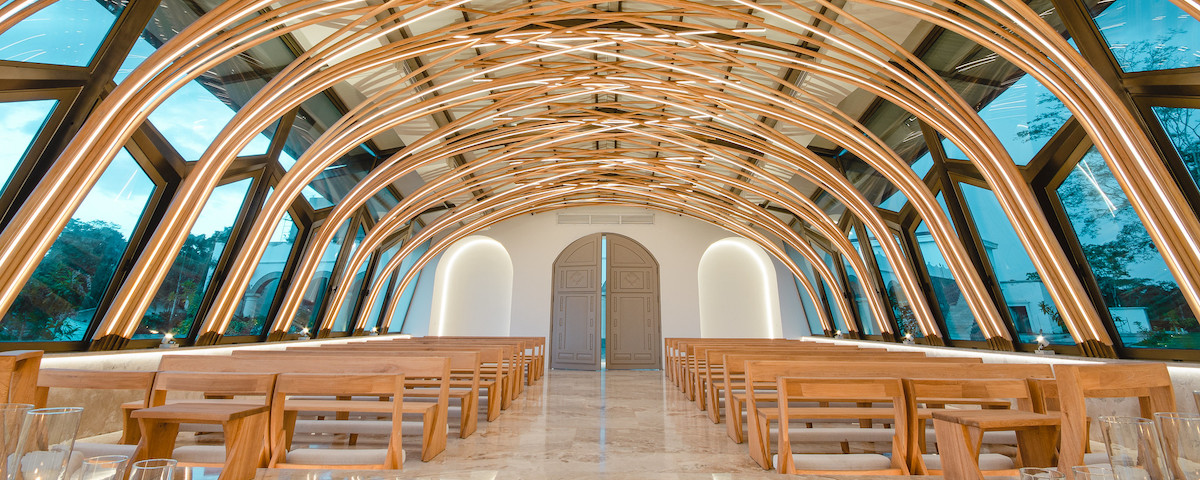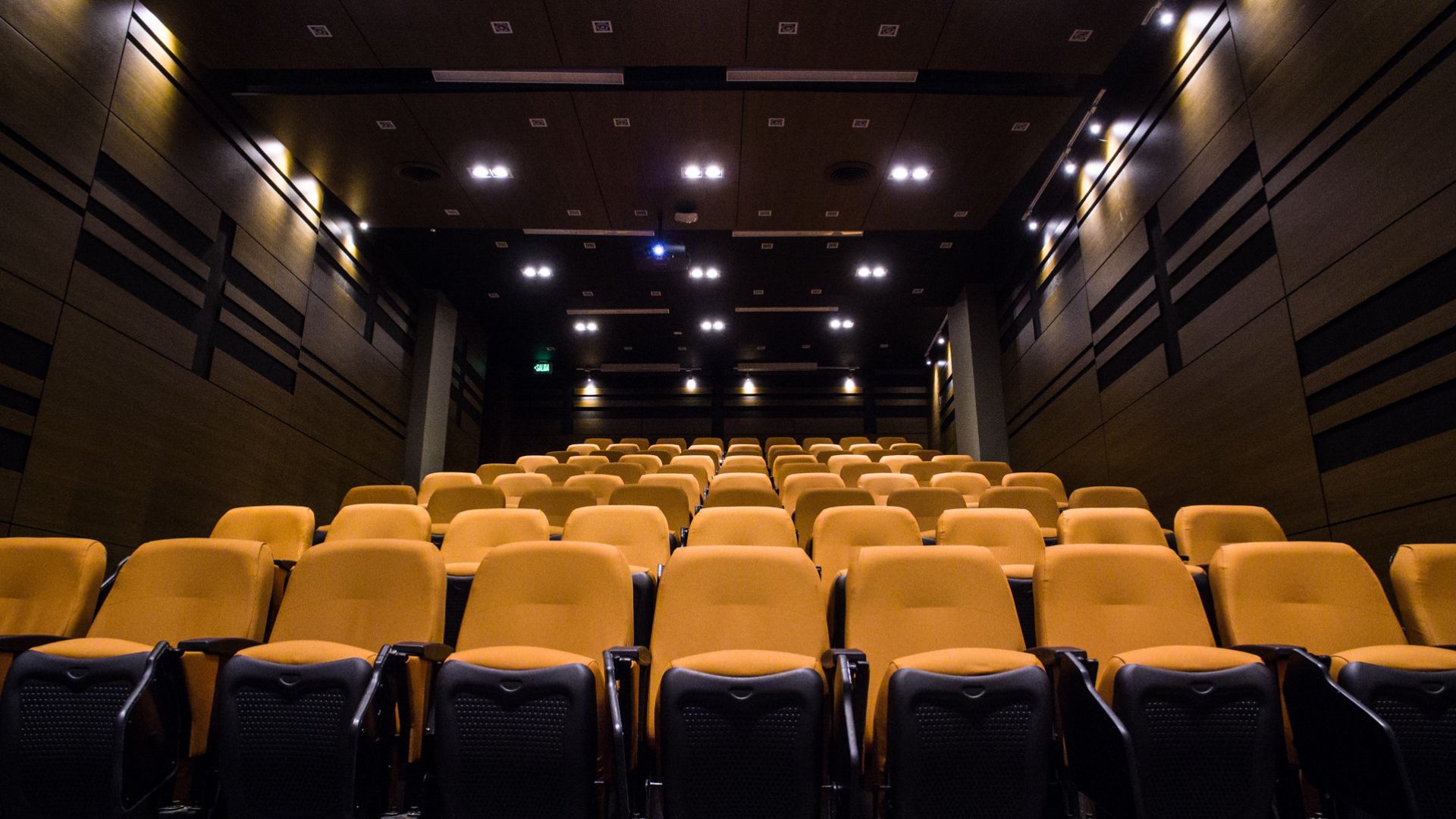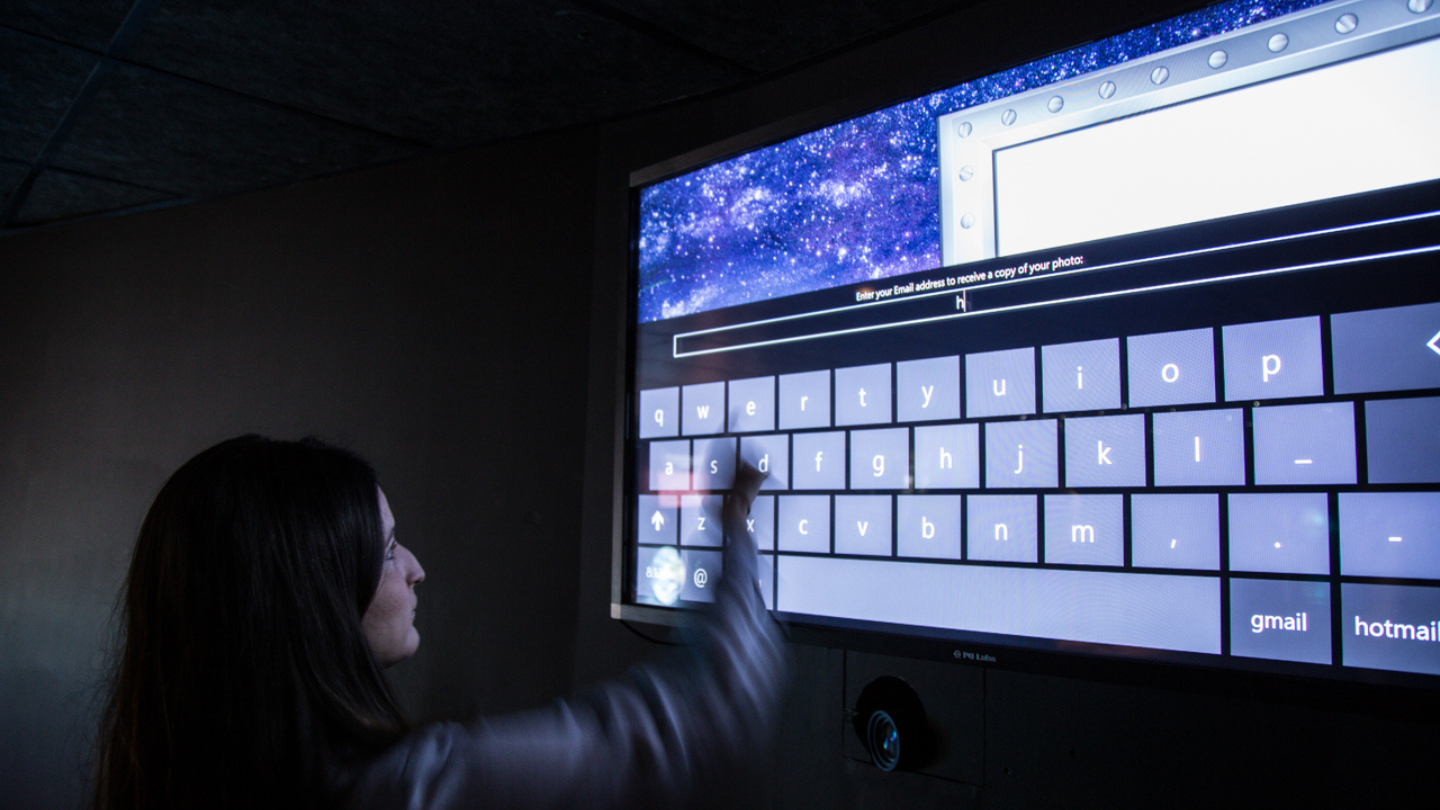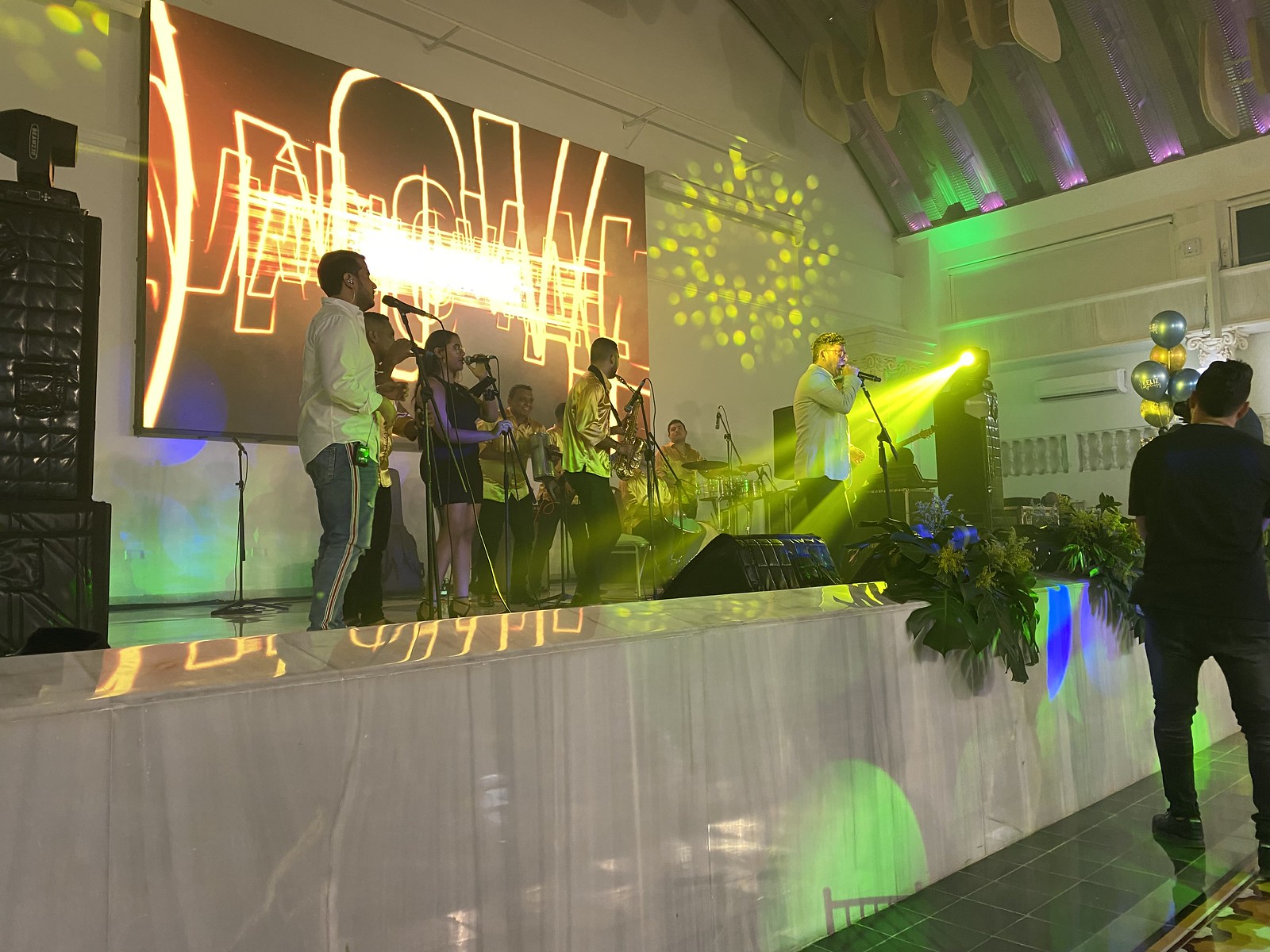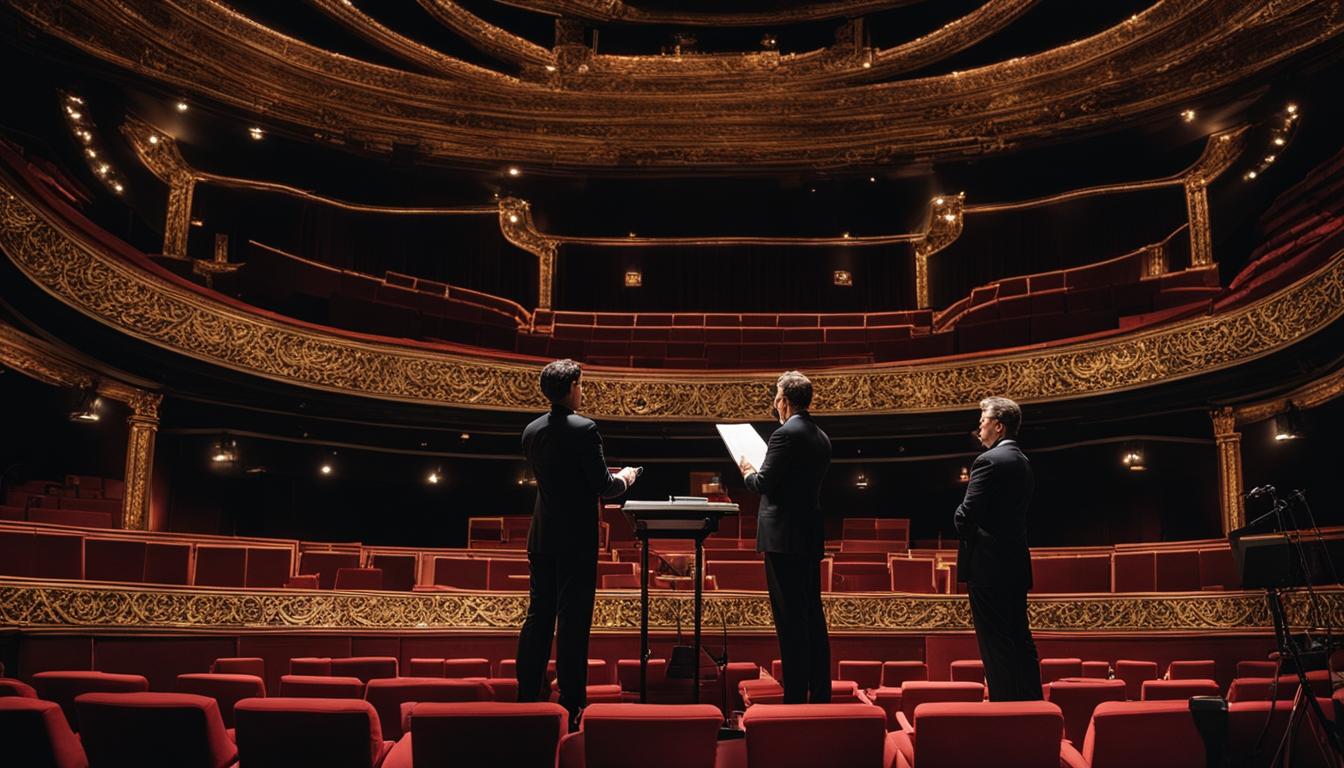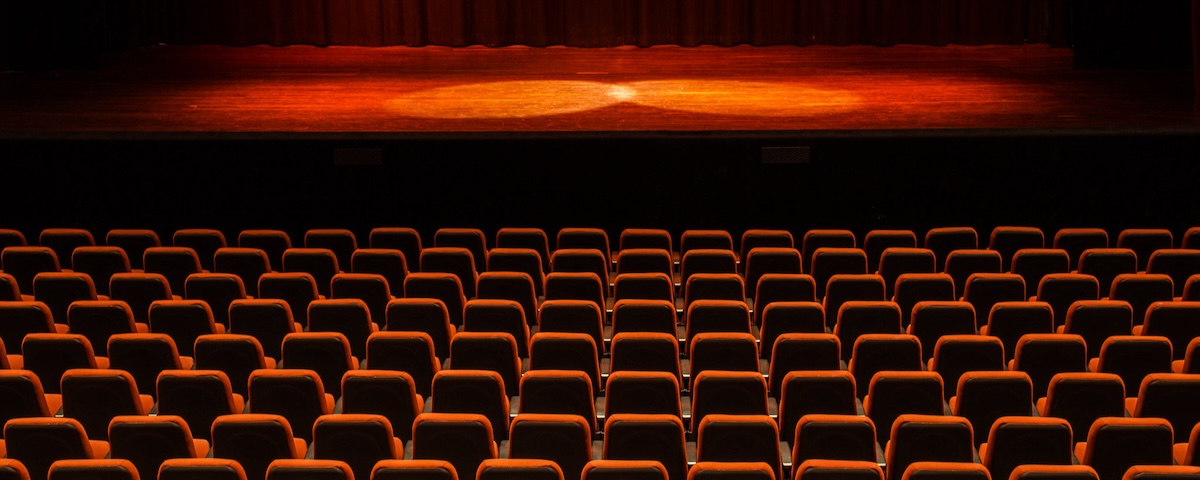Table of contents
Managing space and logistics in performing arts centers is like conducting an intricate symphony. Every element must harmonize perfectly to create an unforgettable experience. At Schaller Design Lab, we understand the complexities of backstage dynamics and audience flow.
We specialize in transforming chaos into order, ensuring that every performance runs as smoothly as the rehearsals. If your venue’s logistics feel more like a tangled script, it’s time to consult with us. We design solutions that resonate with efficiency and elegance, no matter where in the world your project is.
Whether you’re looking to revamp your space management or optimize your logistical operations, we’re the maestros you need. Let’s turn your performing arts center into a masterpiece of functionality and finesse. Contact Schaller Design Lab for expert advice or to discuss equipping your space with the right tools.
Understanding Space Management in Performing Arts Centers
The Importance of Space Management
When we think about a successful performance, it often stirs images of actors on stage and stunning visuals. But, the reality backstage is just as critical. Effective space management in performing arts centers is not just important—it’s imperative. By dealing with the nitty-gritty of backstage operations, artists have the freedom to focus on their craft. A sound space management strategy ensures that costumes, sets, and equipment are precisely where they need to be, at exactly the right time. It’s about making the invisible, visible: creating seamless transitions and maintaining the illusion of the performance without any distractions. Space management also affects safety. Overcrowded wings or poorly stored props are hazards waiting to happen. We prioritize this to protect both the performers and the crew, ensuring accident-free performances are the norm. Also, it will affect the longevity of the assets. Correct storage and handling make sure that costumes and sets can be reused, saving both resources and money.
Key Considerations in Space Management
To manage space effectively in a performing arts center, there are several factors that need our attention:
- Spatial Design and Layout: The design of the backstage area must support quick and easy movement of actors and props. This often involves complex choreography offstage that the audience never sees.
- Storage Solutions: Proper storage is vital for efficiency and preservation. We look for versatile storage systems that can adapt to the varying sizes and shapes of performance materials.
- Workflow Optimization: By analyzing the sequence of scenes and changes, we’re able to streamline operations. This reduces downtime and maximizes productivity.
- Accessibility: All areas must be readily accessible to all members, considering performers and crew with varying needs. – Technology Integration: Utilizing the latest technology helps us to manage the space efficiently. Automated systems can improve the tracking and movement of items throughout the building.
- Environmental Conditions: Managing the temperature, humidity, and lighting within storage and performance areas is essential to preserve materials and provide a comfortable working environment.
In essence, managing space in performing arts centers is about ensuring everything and everyone harmonizes offstage. By doing so, the onstage performance appears effortless and magical, the result of countless hours of planning and coordination behind the curtains.
Logistics in Performing Arts Centers
Overview of Logistics in Performing Arts Centers

A lively mariachi band performance under the glow of vibrant lights, capturing the essence of space optimization and logistical excellence in performing arts centers.
In the world of performing arts centers, logistics form the backbone of a successful production. We understand that managing flow and coordination between various departments is critical. Each movement must be timed perfectly to avoid on-stage disruptions. Through rigorous scheduling and real-time communication, we guarantee that every prop, performer, and production member is exactly where they need to be. Efficient logistics ensure that every performance unfolds flawlessly for the audience.
Equipment Storage and Management
Effective equipment storage and management are vital. We keep an inventory of every single item, from microphones to intricate set pieces. This organizational strategy allows us to:
- Easily retrieve equipment for maintenance
- Quickly set up for different shows
- Minimize the risk of damage or loss
Our state-of-the-art tracking systems keep tabs on the location and condition of our assets, providing peace of mind that everything is accounted for.
Stage and Venue Preparation
Prepping the stage and venue is a complex task that we take seriously. Our team’s attention to detail means every lighting cue and sound check is executed flawlessly. We carry out a thorough inspection routine to ensure that the stage setup meets the specific needs of each performance. From the acoustics to the visuals, we create an environment that enhances the audience’s experience. Seamless transitions between scenes are a testament to our meticulous preparation behind the scenes.
Cost and Budget Management in Logistics
Managing costs and budgets within logistics is a balancing act we’ve mastered. We use effective resource allocation strategies, only utilizing what’s necessary to dazzle the audience without wasteful excess. Through negotiating better rates for equipment and streamlining processes, we maximize value. Also, by adopting green initiatives and reducing waste, we not only lower expenses but also contribute to a sustainable model for performing arts logistics.
Technology and Automation in Space Management
Role of Technology in Space Management
In the ever-evolving world of performing arts centers, embracing the role of technology in space management has become non-negotiable. We leverage cutting-edge software to orchestrate the complex dance of performers, staff, and stage elements. Inventory tracking systems have proven indispensable, ensuring that every prop and piece of equipment is accounted for in real-time. Besides, digital space management tools enable us to visualize stage layouts and effectively allocate resources, avoiding scheduling conflicts and spatial inefficiencies.
Advanced sound and lighting systems monitored and controlled via networked computers have revolutionized the way we manage the auditory and visual aspects of performances, contributing to an immersive audience experience. We use content management systems to maintain a digital repository of documents and media, facilitating quick access and distribution of critical performance material among our team members.
Automation Solutions for Space Management
When it comes to optimizing workflows, automation solutions take center stage in performing arts centers. We carry out programmable machinery, such as automated rigging and fly systems, to move large scenic elements effortlessly, a task that once required significant manpower and time. This is not only more efficient but also enhances safety by minimizing human error during complex scene changes.
Automated LED lighting systems are another area where we reap the benefits of technology. These systems adjust light intensity and color seamlessly in sync with the performance, creating the perfect ambiance without manual intervention. Also, automated ticketing systems streamline the audience’s experience, from purchasing to entry, reducing queues and wait times.
With an eye toward the future, we’re experimenting with AI-driven predictive analytics. These tools analyze patterns and predict maintenance needs for equipment, forecasting issues before they arise, and ensuring peak performance from our technology assets. The integration of automation systems in space management means we’re more than just maintaining the status quo; we’re continuously enhancing the artistic experience for both the performers and the audience.
Staff Training and Development
Importance of Staff Training in Space Management

A view of the spacious auditorium at Universidad del Atlántico, showcasing the harmonious blend of modern design and logistical excellence in performing arts centers.
In the area of performing arts centers, the proficiency of our staff directly influences the success of space management. Effective staff training becomes the linchpin in the seamless execution of events, equipment handling, and resource allocation. Well-trained personnel are adept at managing the complexities of space utilization, ensuring that every square foot is optimized for maximum artistic impact and safety. Given the sophisticated technology integral to modern performing arts centers, our team must be proficient with the automation systems that govern lighting, sound, and staging. These skills mitigate risks of errors that could disrupt performances and hinder the overall experience for artists and audiences alike.
Through continuous learning, we cultivate a team that’s not only skilled but also adaptable to the ever-evolving demands of the performing arts industry. A focus on hands-on training experiences allows staff to familiarize themselves with the nuances of their roles, emboldening them to innovate and improve our processes. It’s this commitment to training that fortifies our reputation as a venue that supports peak artistic expression while managing the dynamic challenges of space optimization.
Key Elements of Staff Training and Development Programs
Effective staff training and development programs are characterized by several key elements that ensure both the growth of our team and the advancement of our performing arts center operations.
- Structured Learning Paths: We maintain precisely outlined progressions for each role, providing clarity on the knowledge and skills required at every level. This structured approach helps team members set clear expectations and pursue their career growth systematically. – Practical Application: We intersperse theoretical learning with practical exercises, creating a hands-on environment where staff can directly apply their newfound knowledge. Practical training solidifies comprehension and retention, fostering a team capable of adapting to real-time scenarios. – Regular Evaluations and Feedback: Our approach includes consistent performance reviews, where we deliver constructive feedback that aligns with our commitment to excellence in space management. Feedback sessions are integral to individual development and the refinement of our operations.
- Adaptation to Technological Advancements: Given the integration of automation and technology, our training programs are dynamically updated. This ensures that staff members are always equipped to manage and operate the latest systems, from automated ticketing to complex rigging systems.
- Safety Procedures: A key aspect of our training focuses on safety protocols. Comprehensive knowledge of safety standards is not negotiable, as it is paramount to protecting both our staff and the patrons who come to experience the magic of the performing arts.
By nurturing a team through these key training elements, we secure our capability to manage spaces effectively. Our dedication to staff development translates to unparalleled coordination, preparedness, and responsiveness in the high-stakes environment of performing arts centers.
Conclusion
We’ve delved into the intricacies of space management and logistics in performing arts centers, pinpointing the pivotal role of staff training and development. Ensuring our teams are well-versed in the latest techniques and safety protocols is key to our success. Let’s continue to foster environments where learning is ongoing and adaptability is the norm. By doing so, we’ll keep delivering unforgettable experiences to audiences while maintaining a smooth operational flow behind the scenes. Together, we’re setting the stage for excellence in the performing arts area.
Frequently Asked Questions
What is the role of staff training in performing arts centers?
Staff training in performing arts centers is crucial for the seamless execution of events, proper equipment handling, and efficient resource allocation. It ensures that staff are competent and confident in managing spaces effectively.
Why are well-trained personnel important in space management?
Well-trained personnel are important in space management because they can coordinate events smoothly, handle equipment safely, and allocate resources efficiently, which is essential for the success of any performing arts center.
What are the key elements of effective staff training programs?
The key elements of effective staff training programs include structured learning paths, practical application, regular evaluations and feedback, keeping up with technological advancements, and learning safety procedures.
How does regular evaluation and feedback improve staff performance?
Regular evaluations and feedback help in identifying areas for improvement, ensuring that staff development is ongoing and that personnel remain current with the latest practices in space management and safety.
What role does technology play in staff training and development?
Adaptation to technological advancements is a critical component of staff training and development, as it prepares personnel to use the latest tools and software necessary for efficient space management and event coordination.
Our Portfolio
Table of contents




